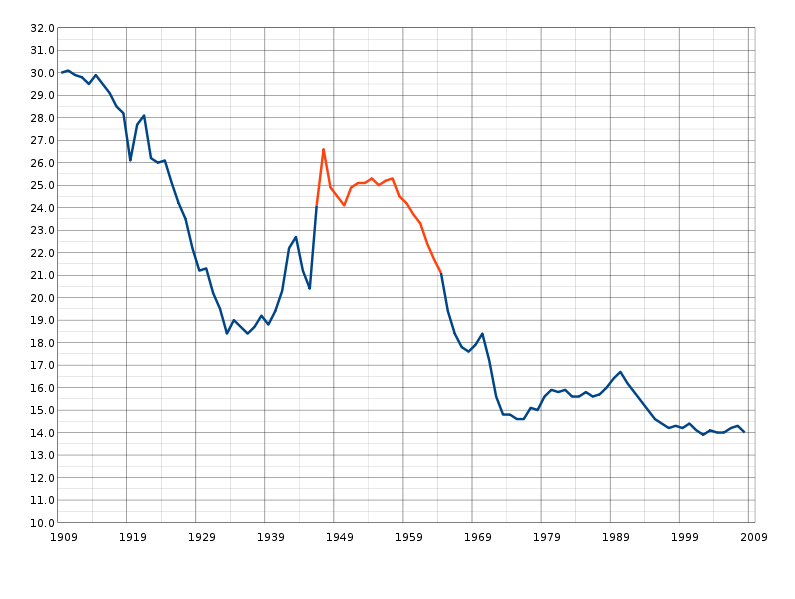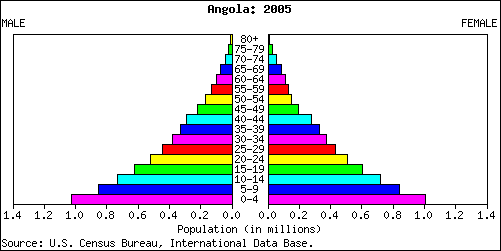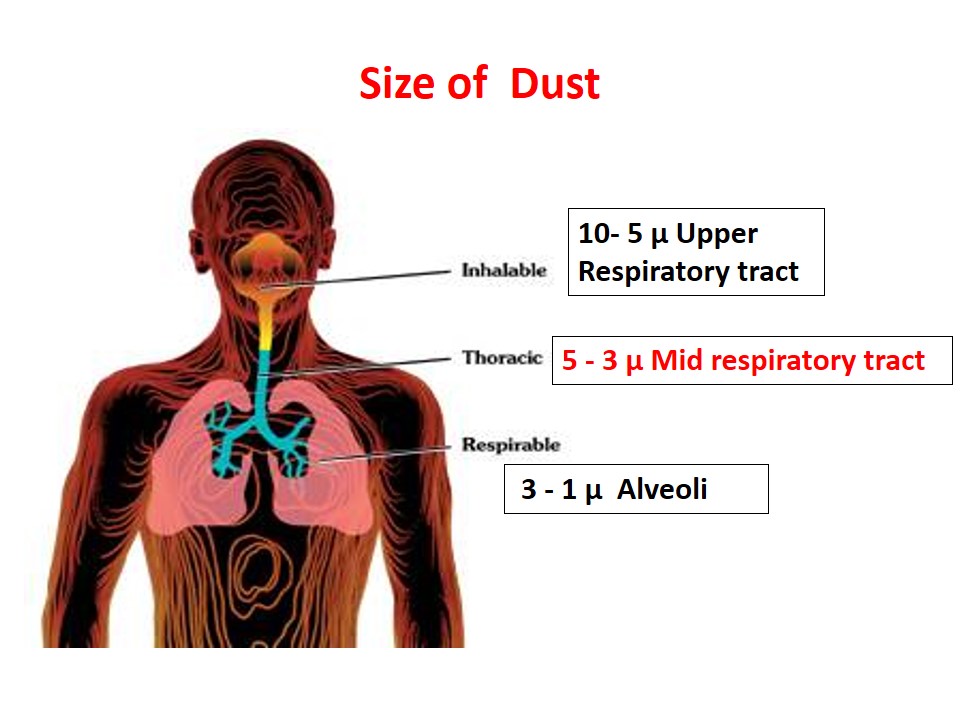Phylum: – Arthropoda
Class: – Arachnida
Order: – Metastigmata
Family: – (Hard tick) Ixodidae
(Soft tick) Argasidae
Specie: – Hyalomma, Boophilus annulatus
Medical Importance: Hard ticks transmit Tick typhus, viral fever, viral hemorrhagic fever, CCHF and tick paralysis.
General Characters of Ticks
The body of ticks is oval in shape and consist of cephalothorax and abdomen. The capitulum (false head) projects forward beyond the body out line and is visible from above. They have four pairs of legs which terminate in a pair of claws. Tick have no antenna. The palps are swollen and three segmented. Hard ticks have a dorsal scutum. In the male it covers the entire body while in female it is much smaller. In adult female the genital opening is present near the second pairs of legs and one pair of eyes are present.
Habit of Ticks
Distribution: Hard ticks have world-wide distribution.
Feeding Habits: Both male and female suck blood from their host and feed during night and day.
Dispersal: Ticks are wingless, they may be dispersed up to several kilometers on their host or by crawling.
Life Period: Hard ticks may live up to several years.
Life cycle of Tick
Metamorphosis is incomplete:
Egg-Larva. Nymph-Adult.
Egg: Female lays about 1000-8000 eggs all at one time and after that the female dies. The egg are brown in color and are deposited on the ground. After 2-3 weeks the eggs hatch into larva.
Larva: The tick larva possess 3 pairs of legs. The larva lies in wait of a suitable host and when host appears, attaches itself with it. After taking a blood meal it drops off and becomes a nymph. The larval period may vary from 3-13 days.
Nymph: The nymph resembles the adult ticks having 4 pairs of legs. The nymph also attach themselves to a suitable host for blood meal. The nymph feed for 4-8 days on the host then drop off and molt to the adult stage.
Adult: The adult repeat the process of host finding, the engorged female drops off the host and hide away in a suitable location to digest the blood meal and lay her eggs. The duration of life cycle from egg to adult stage is about 2 months.
Differences between Hard & Soft Ticks
|
|
Hard Ticks |
Soft Ticks |
|
Scutum |
Covers the entire back in males. Only a small portion in front in females. |
Absent |
|
Head |
Situated at anterior end. |
Lies ventrally not seen from above. |
|
Spiracles |
Situated behind 4th Coxa. |
Situated between 3rd & 4th Coxa. |
|
Eggs |
Several 100 or 1000 laid in one sitting. |
Laid in batches of 20-100 over a long period. |
|
Nymph |
One |
Five |
|
Habits |
Cannot stand starvation, feed night and day. |
Stand starvation for years or more. |
|
Diseases |
Ticks typhus, viral encephalitis, hemorrhagic fever, tick paralysis and tularemia. |
Relapsing fever. |
Control Measures
Environmental Control: Cracks and crevices in ground particularly near building should be filled up. Animal hosts such as wild rodents and dogs should be reduced.
Insecticidal control: Recommended treatments include solution of 0.5% malathian. 0.1% dichorvos or alternatively dust of 5% carbaryl and 3-5% malathian can be applied to the coats of pets.
Repellent: Suitable repellents such as dimethyle pathalate and benzyle benzoate can be used on the skin or alternatively clothing can be impregnated with these to prevent tick infestation.
 howMed Know Yourself
howMed Know Yourself





